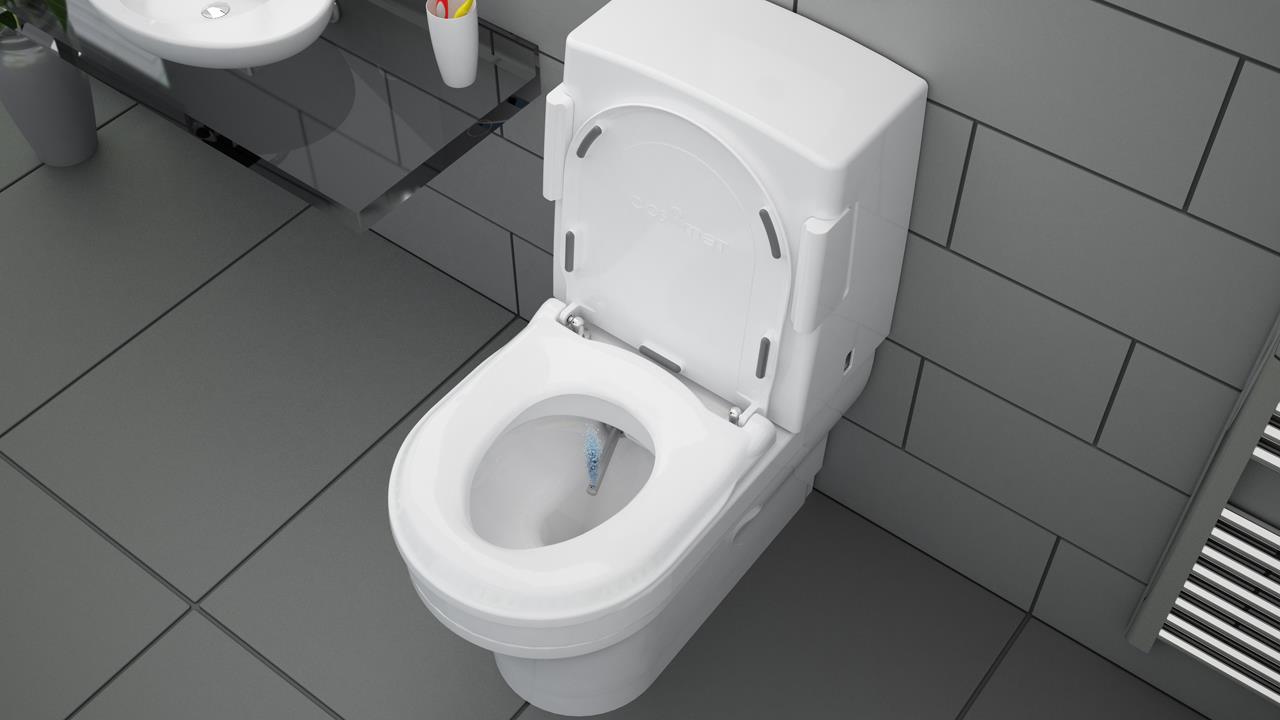

Robin Tuffley, Marketing Manager at Closomat, explains how installers can take advantage of the growing accessible bathrooms industry.
Accessible, inclusive, age friendly, futureproofed. However one chooses to describe the changes in bathroom design and installation, plumbers need to be aware of ways to help them take a share of a growing industry.
And the main area within that sector is using the toilet. It’s not something as a nation we like to discuss with any seriousness. It is usually the subject of humour, but it is something we all do, on average eight times a day. It is one of the major activities of daily living that are used as measures for a person’s ability to cope without support, to be independent.
Potentially, it’s a big market. Already, 20% of the UK population is registered as disabled, and 18% of the population is aged 65+, according to the Office for National Statistics. That latter figure is only going to grow with our enhanced longevity.
More than 40,000 people a year receive a Disabled Facilities Grant (DFG) to adapt their home, according to Independent Living. This figure also doesn’t include the number of adaptations financed by the homeowner personally. A recent Which? report encouraged readers to anticipate future needs when revamping a bathroom.
In existing homes, the bathroom is one of the most common rooms to be adapted, and the toilet one of the most frequently altered fixtures.
In new homes, there is an increasing trend among architects and socially-aware developers – in both private sector and social housing – to address the need to design and build homes for life. Homes that enable people to live independently, for as long as possible.
Whether a refurbishment or a newbuild, it gives you the opportunity to upsell, particularly as the mobility aids market is reacting to the changing market forces. More people are privately funding their adaptations, therefore they have more involvement in the equipment specified, chosen, and installed.
‘Smart’ toilets in particular are a growth area, i.e. wash dry or automatic shower toilets. With integrated douching and drying, they eliminate the need to wipe clean with toilet tissue, improving hygiene and enabling someone to use the facilities without help. They are the latest aspirational fixture, as a bidet was in the 1970s.
Wash dry toilets may be new to you, but the concept is not. Indeed, the principle of using water to clean after ‘going’ goes back centuries in some cultures.
Wash dry toilets have been available in the UK for over half a century. Under latest British Standards (BS8300: 2018 section 18.6), they are also acknowledged as beneficial in out-of-home accessible toilets.
As with any such fixture, there are myriad options, so it pays to be informed about the difference between each, not just in terms of product performance, but WRAS certification, ease of installation, technical and service support, and fitness for purpose, particularly whether they can be futureproofed.
Especially if you have not sold or installed one before, it is useful to know you can pick up the phone and get an answer should you have a query or a problem.
In terms of specification, the plumber who advises the client on how they will manage to operate the toilet, now and in the future, will be valued. Nobody wants to spend a significant sum of money on a toilet to find out that it is impossible for them to use.
As we are talking about making the bathroom age-friendly and futureproofed, can the WC be accessorised to accommodate changing needs? Are accessories standard mobility aids or bespoke options that reflect and compliment the form of the wash dry toilet? Are the toilet and its components robust enough to withstand possible future issues as the client loses mobility?
On the face of it, a wash dry toilet is simple to install. One needs the conventional water and drainage supply, plus a suitable electrical connection. If those are to hand, and compliant, it’s a ‘plug and play’ solution in theory, the same as any conventional WC.
Once installed, it is a ‘fit and forget’ fixture. But, as with any WC, there are parts which will be subjected to wear and tear. You may not want to deal with a minor repair, so it is useful to check what service/ maintenance facilities are available from the manufacturer.
Correctly specified and installed, the inclusion of a wash dry toilet will play a significant part in futureproofing a client’s home, enabling them to live there, with dignity, for years to come, and give you a profitable solution too.
If you'd like to keep up-to-date with the latest developments in the heating and plumbing industry, why not subscribe to our weekly newsletters? Just click the button below and you can ensure all the latest industry news and new product information lands in your inbox every week.